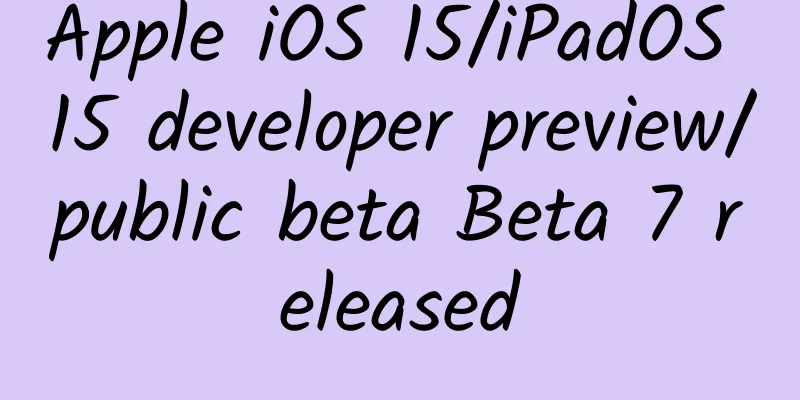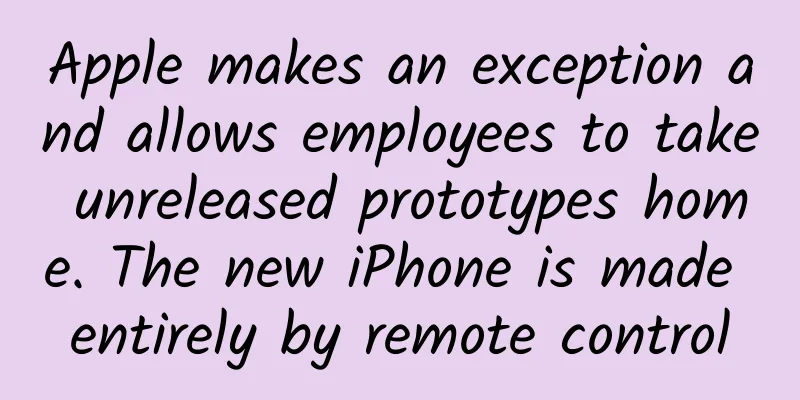iPhone6 resolution and adaptation

|
Resolution and pixels Verified by the new Xcode6 simulator (resolution is pt, pixels are real pixels):
PaintCode made several pictures to explain it very clearly. Automatic adaptation If not processed, it will be automatically stretched in equal proportions. If you print the screen frame in the old project, it will still be Because of the stretching, there will be some blur. The navigation bar is obviously larger than 64, but it is still much better than the 3.5-inch to 4-inch black border. In addition to changing the startup image, I have to say that you can use a However, this xib cannot be associated with any code (cannot customize the View Class, cannot IBOutlet, cannot add Object), which can be understood as this xib is a screenshot. The advantage of this solution is that About manual adaptation As long as you manually specify the startup image or the xib, the screen resolution will become the expected size. All the codes in the old code that hard-code the frame value will be out of luck. If you adapt manually, you have to adapt everything. It is recommended not to make any changes before finding a feasible solution . The automatic adaptation solution does not affect the usage. Facing iPhones with 4 resolutions, it is recommended to use About Xcode 6
|
<<: Android image smooth scrolling component Glide
>>: Microsoft complains about Android phones: Stuck in the air
Recommend
Low cost, high exposure, advertising optimization model!
How to optimize the effectiveness of advertising,...
Why has the Nanpu Bridge, which is over 30 years old, become so popular?
Recently, a video of Nanpu Bridge went viral onli...
WeChat is now in the car! Tencent released "Car WeChat", you can do these things while driving...
What is the most common thing people do in a day?...
BMW wants to keep things simple to offset R&D costs
According to foreign media reports, BMW Chief Fin...
Water celery or poison hemlock? Don't pick wild vegetables on the roadside
As spring arrives and the temperature rises, many...
1 core, 5 techniques, and 3 principles for writing good titles
Zhang Xiaolong said: Even the smallest individual...
In the blink of an eye, 2016 is already halfway through. What unexpected changes have taken place in the mobile phone industry?
In the blink of an eye, 2016 is already halfway t...
Not too quiet: US requires electric cars to have sound
Recently, according to the automotive news websit...
Is it expensive to develop the Alaer Photo Mini App? Alaer Photo Mini Program Development Cost List
WeChat Mini Program is an application that users ...
Where does formaldehyde in the home come from? How many panels should be installed to avoid exceeding the standard?
Do you know where the formaldehyde in your home c...
It was invented by accident only a hundred years ago.
The story begins in the late 19th century in the ...
After seeing the official pictures of the new Geely Boyue, I would like to ask if I have to pay extra to pick up the car this year?
Geely recently released the official photos of th...
How to build your own traffic circulation system?
Before I start sharing how to build a traffic cir...
5 Steps to Improve Your App Store Product Description!
Like moving house or getting married, launching a...
Cross-Sell: Tesla registered 16,200 vehicles in California in the third quarter of 2020
Ownership and registration data collected by mark...









